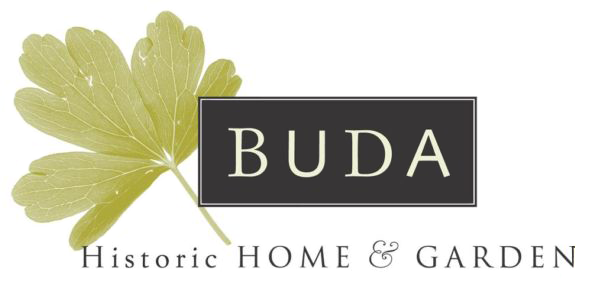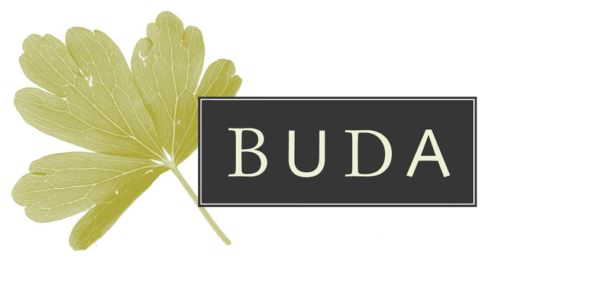Free Demonstrations
Garden Stage

10.30am Garden survivability in our Central Victorian climate and the lessons we can learn from the gardens at Buda – Ryan Garratt
Ryan is Buda’s Garden Curator. He will be talking about hardy goldfields gardens in the face of the changing climate. He will also look at this in relation to an intact historic garden with mixed planting like Buda and what we can learn from this to help us in our own gardens.
12pm ‘Come and get your gardening questions answered’ Garden Q&A – Dr. Helen Waite and Ryan Garratt
Do you have a boring garden question? Come and ask the Buda experts. Dr. Helen Waite has taught in the fields of both general horticulture and viticulture and has been a volunteer at Buda since the 1980s. She enjoys a national and international reputation for her pioneering research and unique expertise.
Ryan Garratt is Buda’s Garden Curator and garden educator with over 25 years of experience.
1.30pm The importance of timing in the garden with an emphasis on vegetables -Dr Helen Waite
Learn how to time your vegetable planting for the changing seasons and climate change.
Food Stage

10.30am Everything Bees – McDonalds honey
12.00pm and through the afternoon. Goodness Flour
Goodness flour is small batch flour, freshly milled from organic grain by Leisl.
Leisl will demonstrate how she carefully mills on stone at cool temperatures, so there’s less damage to the good fat, and more nutrients, fibre and enzymes. Smell, taste and feel the difference. All the goodness of wholegrains, with nothing taken out and nothing added in. Unlike commercial flour, milled on large steel rollers, these are complete grains – germ, bran and endosperm.
Most flour is milled on steel rollers which separate the grain at the start of the milling process. The germ and bran are removed, leaving only the starchy endosperm – with calories, but very few nutrients. Many commercial ‘wholemeal’ flours are produced in the same way, with bran simply added back in at the end of the process.
Goodness Flour is different. It’s stoneground, so it retains the fibre, good oils and nutritional qualities of the wholegrain, as well as the natural enzymes to facilitate digestion.
Traditional Arts Stage

10.30am Traditional Straw Plaiting and Corn Dollies – Elizabeth Woodroofe
Straw plaiting and corn dolly making is a traditional craft that has been practised in many parts of the world for centuries. Corn dollies are symbolic objects, originally made from the last sheaf of grain to be harvested since it was believed that the spirit of a good harvest retreated there. This spirit was then woven into a corn dolly and kept safe until the following year or could be burnt, planted or given to the best cow to eat. In this way, good harvests were secured.
12.00pm Macramé – Sommer Creations
Andrea Sommer creates unique and sustainable pieces using eco-friendly 100% cotton cord.
A ‘makramee’ creator since 20201, Andrea will demonstrate how each item is thoughtfully crafted with care, ensuring quality mindfulness in every knot.
1.30pm Willow Basketry – ‘Woven Withy’ Elaine Bayes
Watch Elaine handcrafting willow basketry using premium willow grown in Somerset, UK —renowned for producing high quality basketry willow. This willow is sustainably farmed using traditional, low-impact methods on land that has supported this craft for generations. Chosen for its exceptional strength and durability, this willow ensures the basket will last for decades—potentially generations—if well cared for, making it a timeless, low-waste alternative to disposable goods. By importing only certified, disease-free willow from a region where it is non-invasive and responsibly managed, we avoid the environmental risks of growing willow in Australia. Every basket supports ethical labour practices, sustainable materials, and regional Australian craftsmanship.

